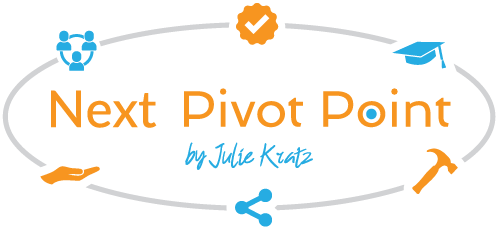Gender bias is still alive and well in the workplace today. Inclusive leaders know how to manage it.
Gender bias is often much more subtle today than the blatant bias we used to hear and see in the workplace 20 years ago. Yet, what we find is that bias is still there, it is just not as overt as it once was. It is unconscious. It is thought, not shared. We are likely not even aware of our biases. This makes it harder to detect. To understand it better, it helps to break down conscious vs. unconscious bias.
It looks something like this:
Conscious bias:
- “I do not like to work with women.”
- “Women are not fit to do this job.”
- “That is a woman’s job, men do not do that.”
Unconscious bias
- “She does not want to be promoted, she just had a child.”
- “We have to watch her travel schedule, she can’t travel that much.”
- “We’re going golfing, she would not be interested.”
What is interesting is when I share the conscious bias statements, most agree that they are clearly wrong. The bias is clear. Yet, with the second set of statements, women and men alike struggle to see the bias. Often, we have thought these things ourselves. I know as a strong supporter of women in leadership, I have thought these statements myself. It is unconscious because of the assumptions in your thought process. Often our assumptions are false, but our brains love to make these assumptions.
Unconscious Bias – Our brains love assumptions
Our brains conserve energy. To be efficient with energy, our brain often goes on autopilot. Have you ever been driving to the grocery store and somehow ended up at your office? That is because our brains are trained to recognize patterns, and then make an assumption based on past experience or association, then act. This happens quickly. The more energy the brain conserves, the more it has for those “fight” or “flight” survival moments. That is our primitive brain’s way of protecting our very survival. Something that was quite handy when living in the wild, yet not as helpful in today’s modern workplace.
Assumptions guide our unconscious thinking. To test your own assumptions, ask yourself these questions:
- How do I know that is true?
- Based on what?
- If she/he were a man/woman would I believe that? (also known as the flip test)
These can help you address unconscious bias in the moment, and trigger your brain to exit autopilot and enter the conscious mindset. By testing your assumptions, you can improve your own unconscious bias.
How unconscious bias affects gender today
According to Joan C. Williams’ What Works for Women at Work, there are four key unconscious biases that hold women back today:
- The maternal wall – If she has another baby, she won’t want the promotion.
- The tightrope – She’s so aggressive, she needs to tone it down or people will think she is a bitch.
- Prove it again – She did it once, but can she really do it again? Maybe it was a fluke.
- Tug of war – There are only so many seats for women at the table. I don’t want them stealing attention from me.
These biases are alive and well inside organizations today. While they are more prevalent in male-dominated organizations, I hear about them all the time in all organizations. In fact, I just heard a great story from a leader highlighting his team’s unconscious bias and how he challenged them in the moment. He asked each of his direct reports for their high potential employee lists, and all of them responded with all white men. He replied by acknowledging their selections, and challenged with, “I cannot accept these candidates; they are not representative of the population of our team. Try again.” I bet his team thinks twice the next time they evaluate their talent. By challenging them, he is adjusting their assumptions and future behaviors.
How do you close the gap on bias?
Learn to uncover your unconscious bias
First, you have to be aware of your own bias. An excellent free assessment is available through Harvard here. We all have bias. As a student of this work, I have my own bias. Be a part of their research and assess your own bias. Then, armed with this data, seek out areas where you can challenge your assumptions. Ask yourself the questions above in the moment, and call out others when they make decisions based on assumptions. In fact, I just got certified in unconscious bias with the Cultural Intelligence Center. Their tools help organizations shift the assumption based thinking to create positive change for diversity and inclusion.
If you want to learn more about my unconscious bias training and assessments, message me at Julie@NextPivotPoint.com. I’d be happy walk through your assessment results and build a strategy to engage your team.
